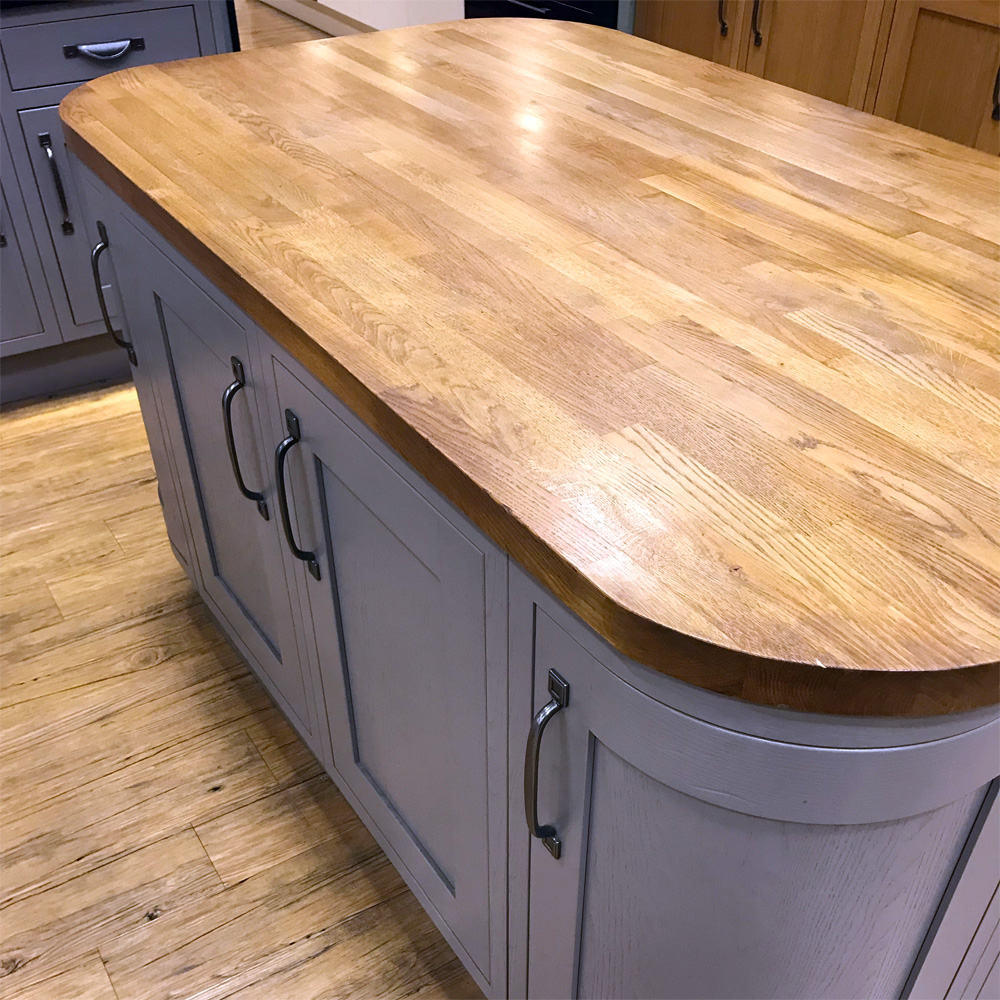...no, not how to get a strong endgrain joint, but instead how to make the endgrain joins in a (e.g.) worktop gap-free.
I'm thinking of using offcuts glued up to make bigger boards, much like so-called solid oak kitchen worktop is made; is it just a case of sanding the ends of the offcuts flat and square or are there any tricks or specific techniques for achieving this sort of result where the endgrain joins are spot-on? (Hoping a picture will appear below)

Tried searching but the correct terminology is eluding me.
I'm thinking of using offcuts glued up to make bigger boards, much like so-called solid oak kitchen worktop is made; is it just a case of sanding the ends of the offcuts flat and square or are there any tricks or specific techniques for achieving this sort of result where the endgrain joins are spot-on? (Hoping a picture will appear below)

Tried searching but the correct terminology is eluding me.
































